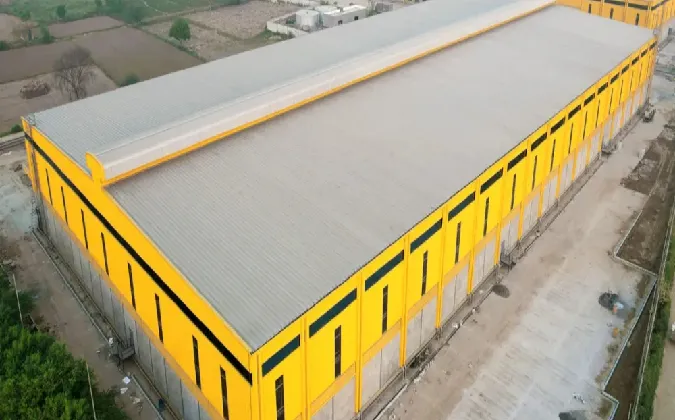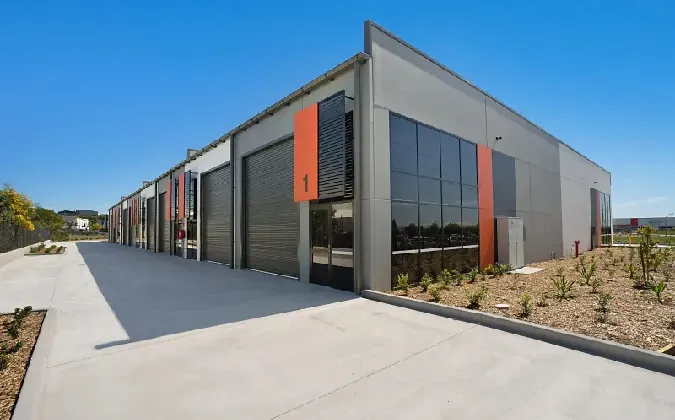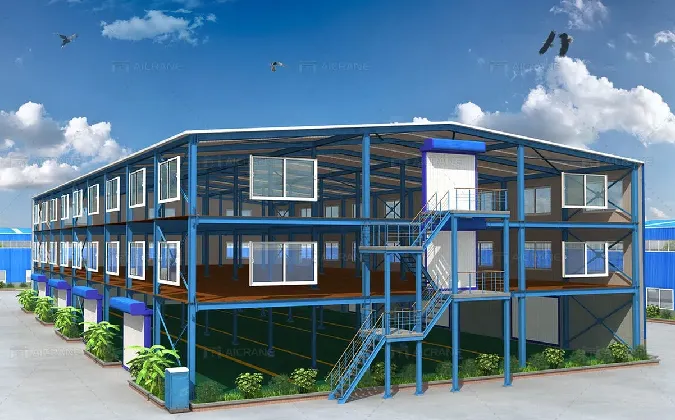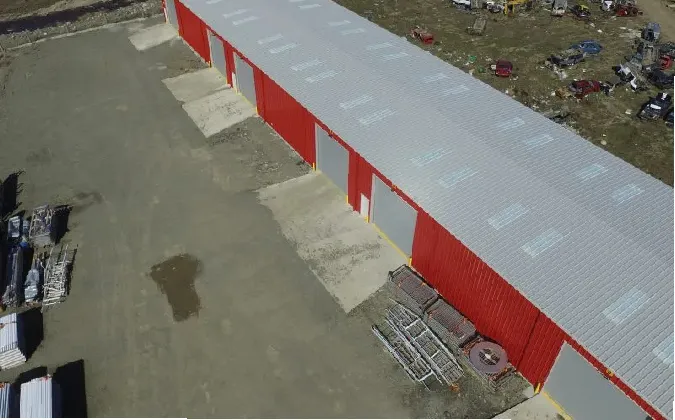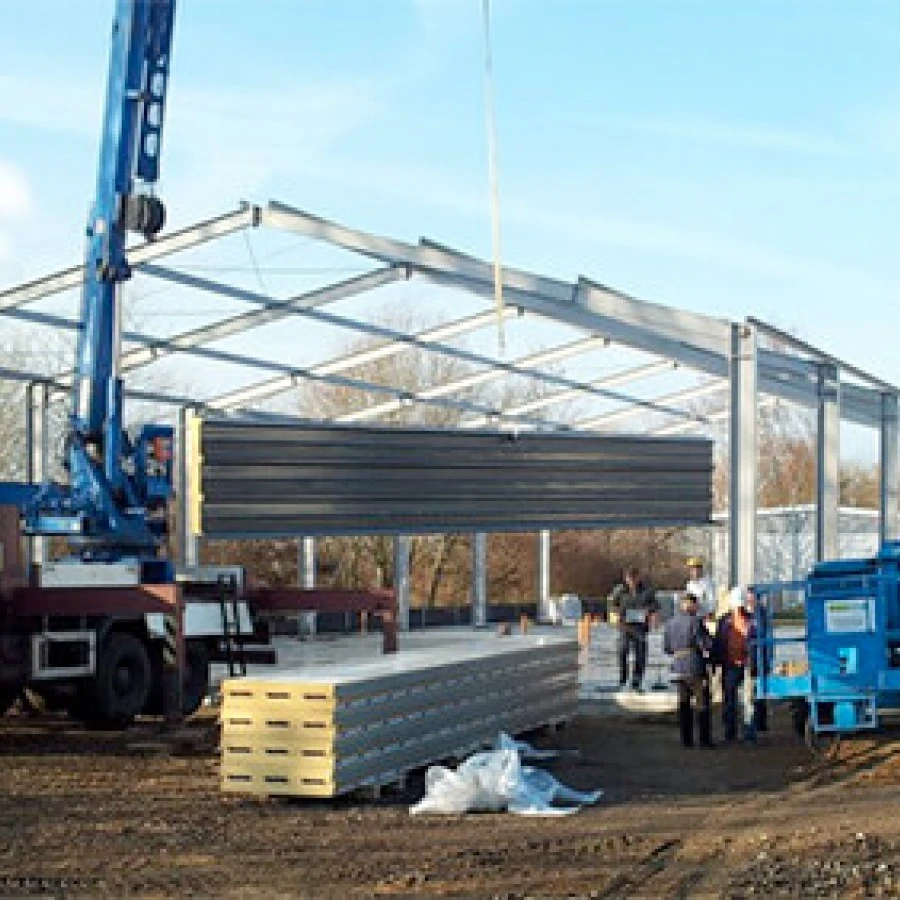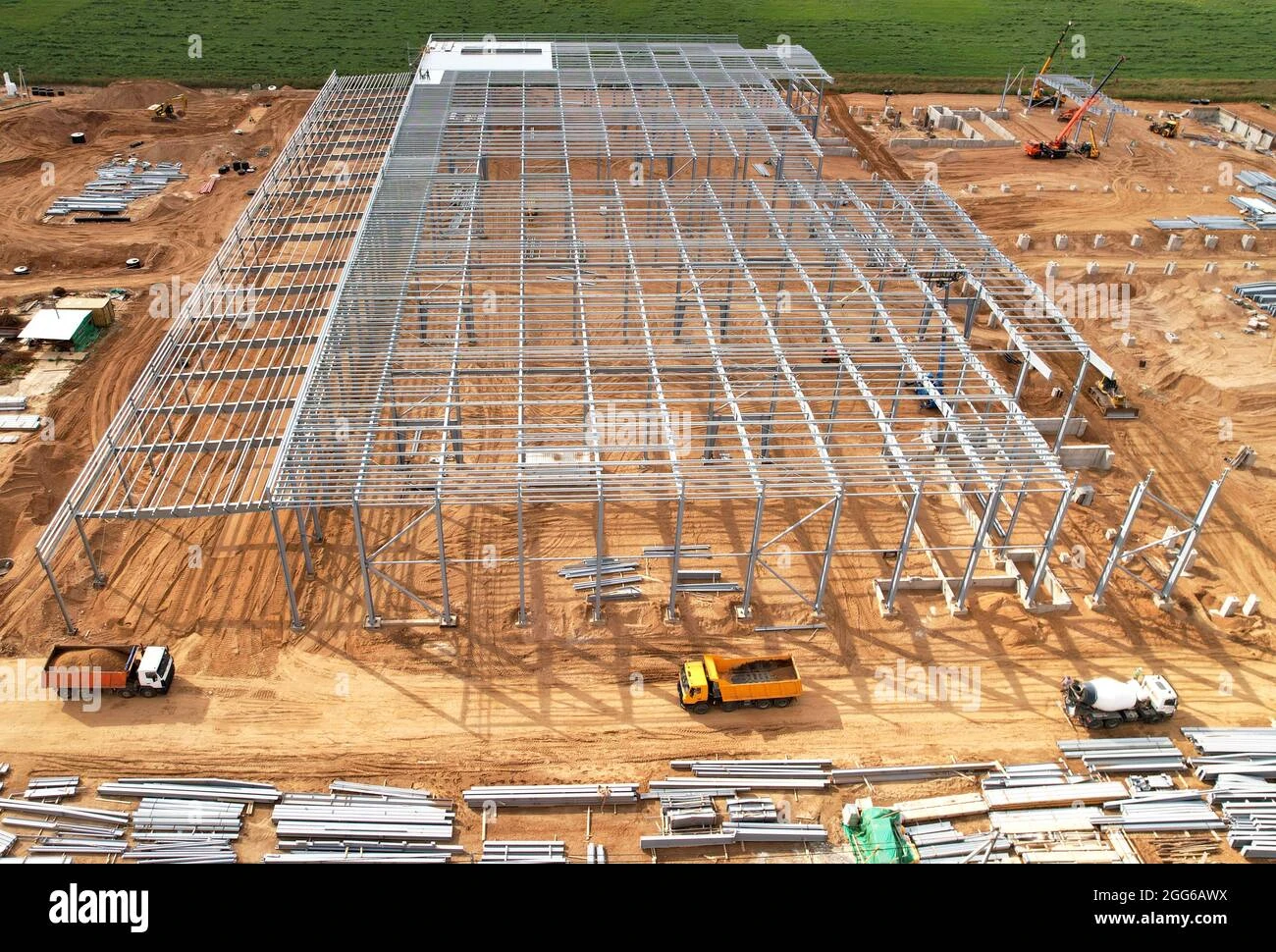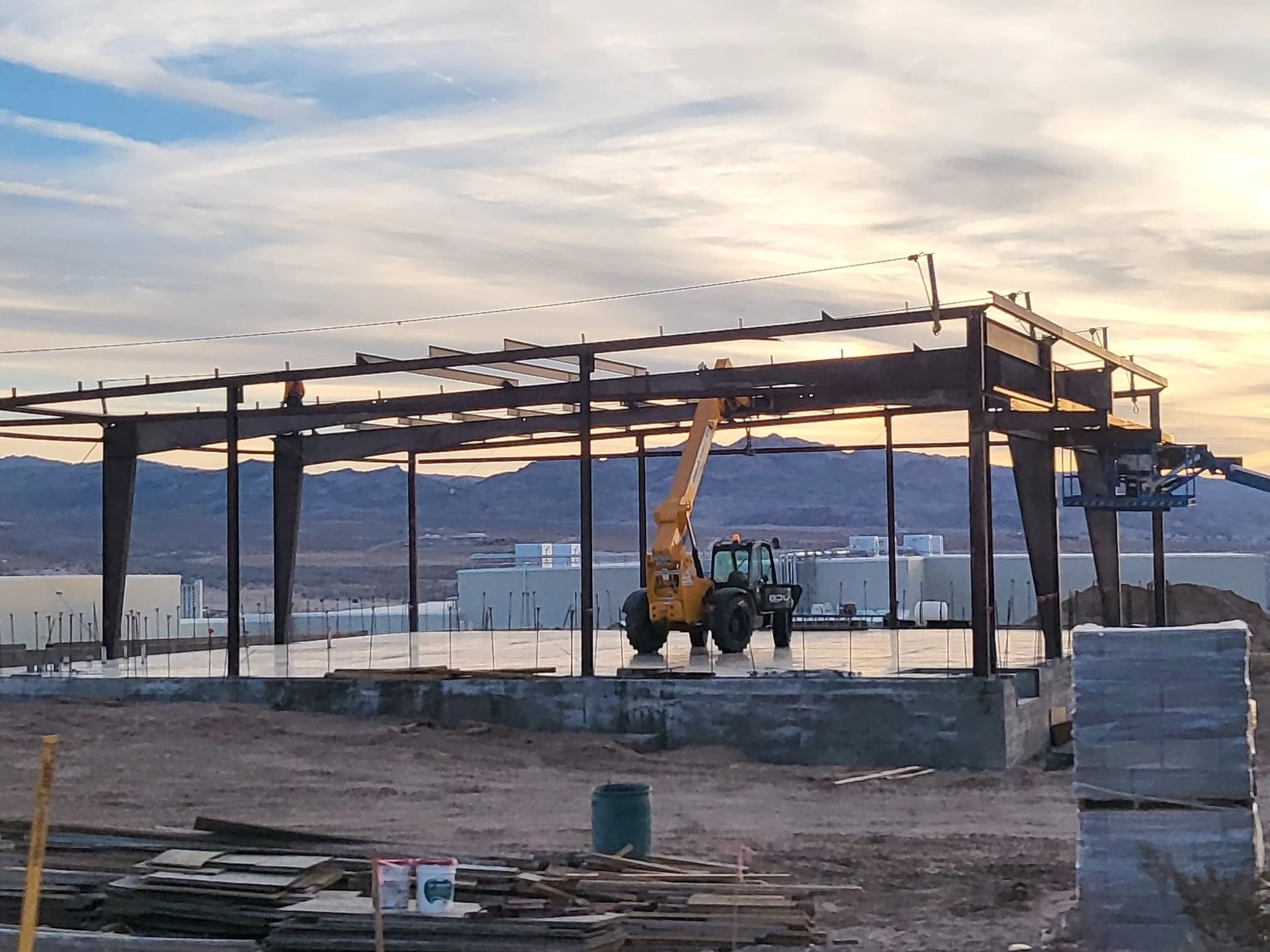- Afrikaans
- Albanian
- Amharic
- Arabic
- Armenian
- Azerbaijani
- Basque
- Belarusian
- Bengali
- Bosnian
- Bulgarian
- Catalan
- Cebuano
- Corsican
- Croatian
- Czech
- Danish
- Dutch
- English
- Esperanto
- Estonian
- Finnish
- French
- Frisian
- Galician
- Georgian
- German
- Greek
- Gujarati
- Haitian Creole
- hausa
- hawaiian
- Hebrew
- Hindi
- Miao
- Hungarian
- Icelandic
- igbo
- Indonesian
- irish
- Italian
- Japanese
- Javanese
- Kannada
- kazakh
- Khmer
- Rwandese
- Korean
- Kurdish
- Kyrgyz
- Lao
- Latin
- Latvian
- Lithuanian
- Luxembourgish
- Macedonian
- Malgashi
- Malay
- Malayalam
- Maltese
- Maori
- Marathi
- Mongolian
- Myanmar
- Nepali
- Norwegian
- Norwegian
- Occitan
- Pashto
- Persian
- Polish
- Portuguese
- Punjabi
- Romanian
- Russian
- Samoan
- Scottish Gaelic
- Serbian
- Sesotho
- Shona
- Sindhi
- Sinhala
- Slovak
- Slovenian
- Somali
- Spanish
- Sundanese
- Swahili
- Swedish
- Tagalog
- Tajik
- Tamil
- Tatar
- Telugu
- Thai
- Turkish
- Turkmen
- Ukrainian
- Urdu
- Uighur
- Uzbek
- Vietnamese
- Welsh
- Bantu
- Yiddish
- Yoruba
- Zulu
Aug . 19, 2024 03:57 Back to list
The Significance of Industrial Buildings in Urban Development
Industrial buildings have long played a crucial role in shaping the urban landscape and contributing to the economic growth of cities. From factories to warehouses and distribution centers, these structures serve as the backbone of various industries. As we delve into the significance of industrial buildings, it becomes clear that they are not just utilitarian spaces; they are pivotal to understanding the evolution of urban environments and the communities that inhabit them.
Historically, industrial buildings emerged during the Industrial Revolution when cities experienced rapid growth due to mass production and mechanization. Factories were established to meet the increasing demand for goods, leading to a shift in labor patterns and the rise of urban populations. These buildings were designed for efficiency and functionality, often characterized by large open spaces, high ceilings, and robust materials such as brick and steel. Their construction not only facilitated the production of goods but also fostered job creation, drawing workers from rural areas into burgeoning urban centers.
In contemporary society, the role of industrial buildings continues to evolve. With the advent of technology and globalization, many traditional manufacturing jobs have shifted or diminished, leading to a reimagining of these spaces. Adaptive reuse has emerged as a popular trend, where old factories and warehouses are converted into loft apartments, offices, and creative spaces. This transformation not only preserves the historical essence of the buildings but also revitalizes neighborhoods, making them attractive for new businesses and residents.
The architectural beauty of industrial buildings often lies in their raw and unrefined aesthetic. Exposed bricks, beams, and large windows create a unique charm that appeals to both developers and urban dwellers. This eclectic style contributes to a city’s character, promoting a sense of place and identity. Additionally, industrial buildings tend to be located in prime areas that were once dedicated to manufacturing, allowing for the development of mixed-use communities that blend residential, commercial, and recreational spaces.
industrial building
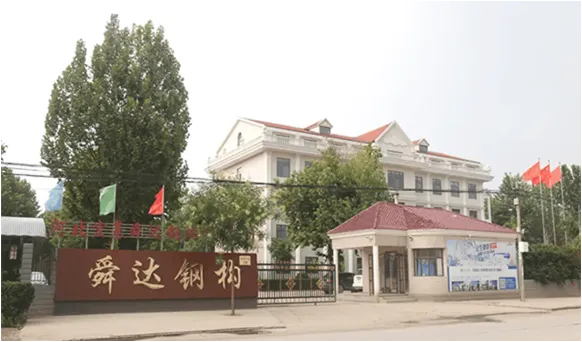
Sustainability is another significant aspect of industrial buildings in today’s context. Many cities are prioritizing eco-friendly practices, and repurposing existing industrial structures reduces the need for new construction, thereby lowering carbon footprints. This approach aligns with the global movement toward sustainable urban development, minimizing waste and maximizing resource efficiency. Retrofit strategies are increasingly common, integrating modern energy-saving technologies and materials into these historic buildings.
Moreover, the economic potential of industrial buildings cannot be overstated. By transforming these spaces into innovation hubs or incubators, cities can stimulate entrepreneurship and foster economic diversification. They can serve as platforms for startups and small businesses, providing them with the infrastructure needed to thrive. This creates a vibrant ecosystem that supports local economies and enhances job opportunities.
However, the transformation of industrial buildings comes with its challenges. Gentrification is a concern, as rising property values can displace long-time residents and local businesses. It is essential for urban planners and policymakers to strike a balance between redevelopment and community preservation. Engaging local stakeholders in the planning process is crucial to ensure that the needs and voices of existing communities are considered.
In conclusion, industrial buildings are more than just structures; they embody the history, culture, and economic vitality of urban areas. As cities continue to grow and change, these buildings offer valuable lessons in adaptability, sustainability, and community engagement. By honoring their past while innovatively envisioning their future, urban centers can continue to thrive, leveraging industrial heritage for socio-economic development.
-
Navigating the World of Steel Building Services: Who to Choose?
NewsJun.23,2025
-
How Do Steel Frame and Prefab Building Factories Shape Modern Construction?
NewsJun.23,2025
-
How Do Steel and Metal Structures Shape Modern Industrial Spaces?
NewsJun.23,2025
-
How Do Prefab Buildings of Various Sizes Meet Modern Construction Needs?
NewsJun.23,2025
-
How Do Factory Buildings and Metal Structures Redefine Industrial Infrastructure?
NewsJun.23,2025
-
Exploring Key Aspects of Industrial Building Development: What You Need to Know?
NewsJun.23,2025
Products categories
Our Latest News
We have a professional design team and an excellent production and construction team.






